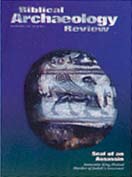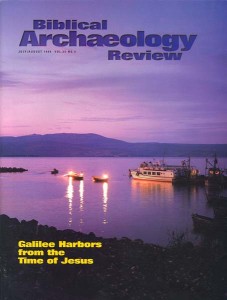
Seal of Disapproval
What a shame that you did not use BAR’s publication of two seals from a private collection (“King Hezekiah’s Seal Bears Phoenician Imagery,” BAR 25:02 and “Seal of Ba‘alis Surfaces,” BAR 25:02) as an opportunity to raise the ethical issues associated with the scholarly use of unprovenanced archaeological material (artifacts whose find contexts are unknown). When archaeological materials are illicitly excavated in an unscientific manner, a tremendous amount of information is lost. For example, it would be important to know whether the seal of Hezekiah was found in a private household, a public building or a tomb. All of these differences in context say different things about the organization of the Judahite government and access to symbols of status and power in that society.
The common argument is that without collectors’ material we would not know that an artifact existed at all; it is better to have some information than none. However, we have no right to expect to know everything now, and the ethical principles of archaeology require us to leave substantial amounts of evidence in the ground for future archaeologists, whose research methods may be technologically more advanced or simply different from our own.
Already a library member? Log in here.
Institution user? Log in with your IP address.

